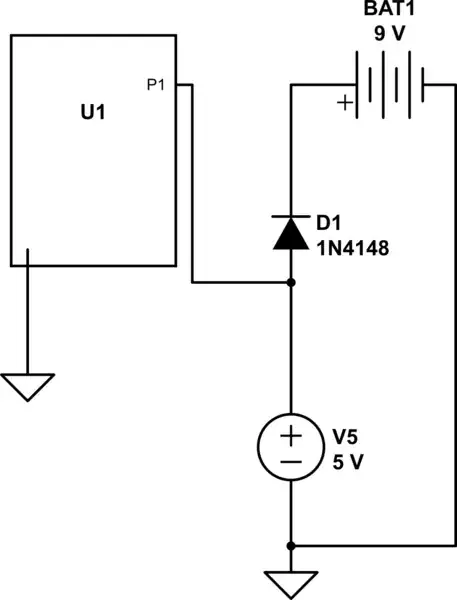In principal, every diode is bidirectional.
(1) Every Diode has a Forward-Voltage. This is the voltage which must be applied from Anode to Kathode in order to conduct significant currents. This voltage is generally very low. It varies with the type of diode used. Generally, 0.7V is assumed.
(2) Every Diode has a Breakdown-Voltage. This is the voltage which must be exceeded from Kathode to Anode in order to conduct significant currents. This voltage is generally high. It varies with the type of diode used and the model selected. Some Diodes are made for High-Voltage DC-Applications, while others are made for small-signal applications. Some are made for AC-Rectification, some are made for TVS.
(3) The Diode you selected, see Datasheet SMF30CA, is a so-called TVS-Diode. These diodes are used to protect signal and/or power lines from so-called transient events - better known as ESD events. Please see Discussion about TVS Diodes.
If you need a "conventional Diode", please use a standard PN-Type like 1N400X Series.
These are available as SMD-Types as well.
